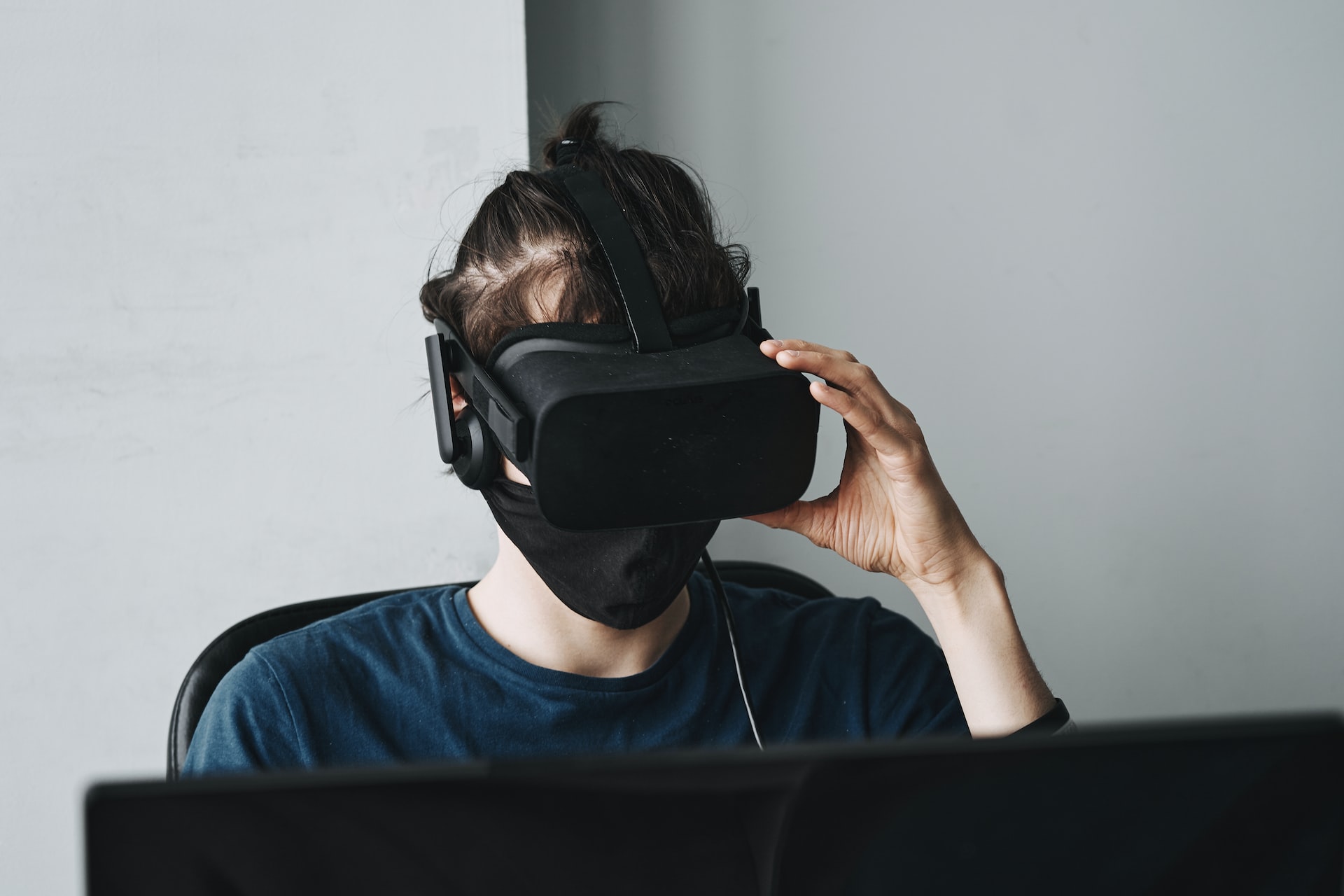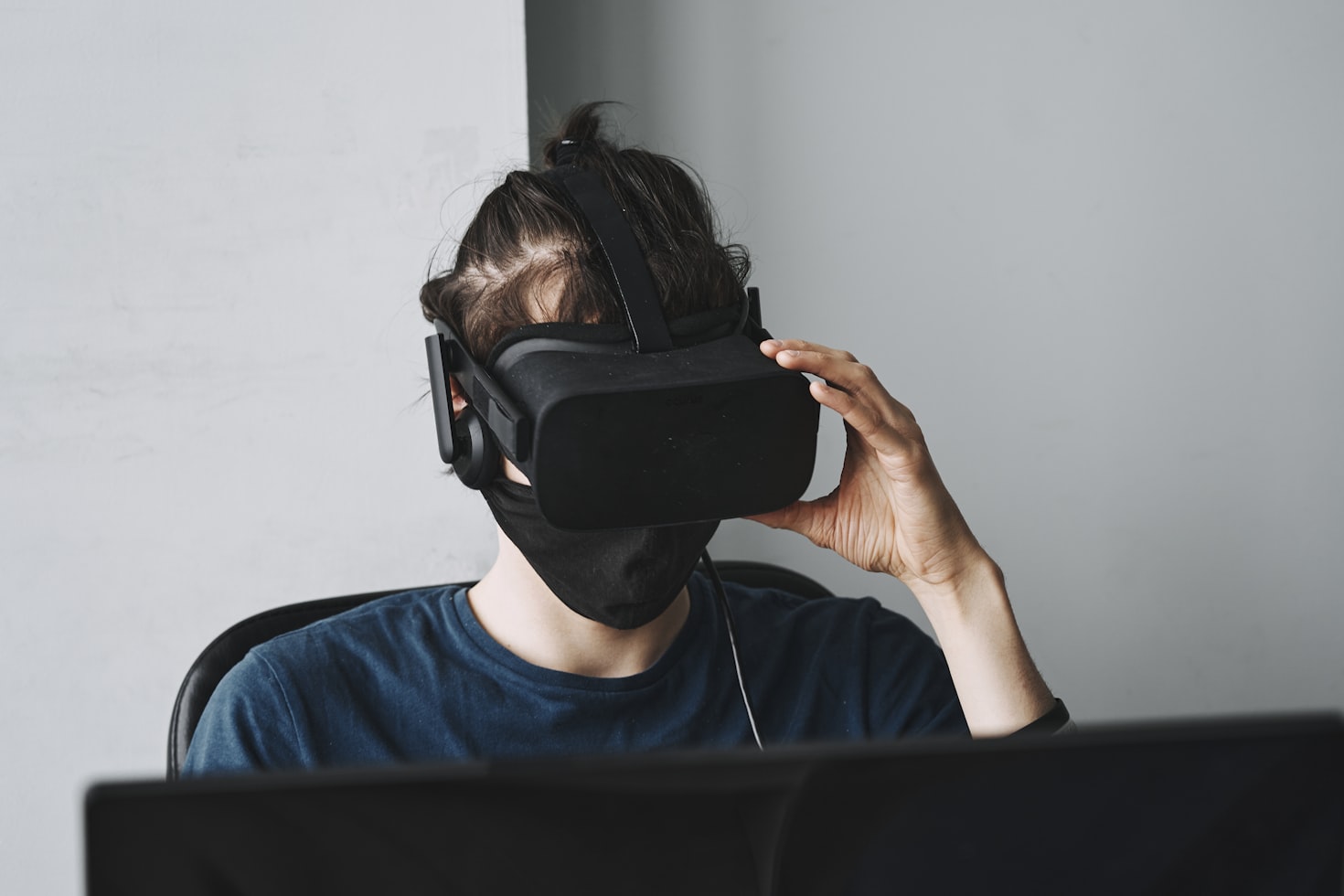The Use Of Augmented Reality In Social Media Advertising

Augmented Reality (AR) is a technology that enhances the real-world environment with digital information, such as images, videos, and sounds. AR has been widely adopted in various industries, including gaming, education, and healthcare. Recently, the use of AR in social media advertising has been gaining popularity, as it provides a new way for businesses and brands to interact with their audiences and promote their products and services.
Benefits of AR in Social Media Advertising
Enhanced Engagement
AR allows businesses and brands to create interactive and engaging advertisements that can capture the attention of their audiences. For example, a fashion brand can create an AR filter that allows users to try on different outfits, or a beauty brand can create an AR filter that simulates makeup looks. According to a study by Facebook, AR ads have a 29% higher click-through rate (CTR) than non-AR ads.

Increased Brand Awareness
AR in social media advertising can help businesses and brands increase their visibility and brand awareness. By creating AR experiences that are shareable and viral, businesses and brands can reach a wider audience and create buzz around their products and services. For example, a fast-food restaurant can create an AR game that encourages users to take a picture of their food and share it on social media.
Measurable Results
AR in social media advertising provides businesses and brands with measurable results, such as the number of views, clicks, and conversions. This allows businesses and brands to track their return on investment (ROI) and optimize their campaigns for better results.
Cost-Effective
Creating AR experiences for social media advertising can be cost-effective, as businesses and brands can use pre-existing assets, such as 3D models and videos, and repurpose them for different platforms and campaigns.
Popular Platforms for AR in Social Media Advertising
Facebook is one of the most popular platforms for AR in social media advertising. The platform offers a wide range of AR tools, such as AR Studio and Spark AR, that businesses and brands can use to create interactive and engaging ads. According to Facebook, over 1 billion people have interacted with AR on the platform.
Instagram also offers a wide range of AR tools, such as Spark AR, that businesses and brands can use to create interactive and engaging ads. Instagram also offers a feature called “Shopping in AR” that allows businesses and brands to create AR experiences that allow users to try on products before purchasing them.
Snapchat
Snapchat is known for its AR filters and lenses that allow users to add digital elements to their photos and videos. Businesses and brands can create sponsored AR filters and lenses that promote their products and services. According to Snapchat, over 3 billion snaps are created using AR filters and lenses every day.
Case Studies
Sephora Virtual Artist
Sephora, a global beauty brand, created an AR app called “Sephora Virtual Artist” that allows users to try on makeup looks before purchasing them. The app uses facial recognition technology to apply the makeup to the user’s face, creating a realistic and interactive experience. According to Sephora, the app has been downloaded over 10 million times and has increased online sales by 30%.
McDonald’s McPlay (Happy Meal App)
McDonald’s, a global fast-food restaurant, created an AR game called “McPlay” (Happy Meal App) that allows users to interact with digital elements in their physical environment. The game encourages users to take a picture of their food and share it on social media, creating buzz around the brand.
IKEA Place
IKEA, a global furniture retailer, created an AR app called “IKEA Place” that allows users to place virtual furniture in their physical environment, allowing them to visualize how the furniture would look in their home before purchasing it. The app uses AR technology to accurately scale and position the furniture, creating a realistic experience. According to IKEA, the app has been downloaded over 30 million times and has increased online sales by 20%.
Challenges and limitations
- Technical limitations: Developing AR experiences for social media advertising can be technically challenging, as it requires specialized skills and knowledge in areas such as 3D modeling, animation, and computer vision.
- Limited accessibility: AR experiences are only accessible to users who have compatible devices and software. This can limit the reach of AR advertisements, as not all users will be able to access them.
- Limited scalability: AR experiences can be resource-intensive and may not be able to scale to a large number of users.
- Privacy and security concerns: AR experiences that use facial recognition technology can raise privacy and security concerns, as they collect personal data and images of users.
Conclusion
Augmented Reality (AR) in social media advertising provides businesses and brands with a new way to interact with their audiences and promote their products and services. AR offers enhanced engagement, increased brand awareness, measurable results, and cost-effectiveness. Facebook, Instagram, and Snapchat are popular platforms for AR in social media advertising, and several businesses have already seen success with their AR campaigns.
However, there are also challenges and limitations to the use of AR in social media advertising, such as technical limitations, limited accessibility, and privacy and security concerns. As technology continues to evolve, it will be important for businesses and brands to consider these factors and use AR in a responsible and ethical manner.





